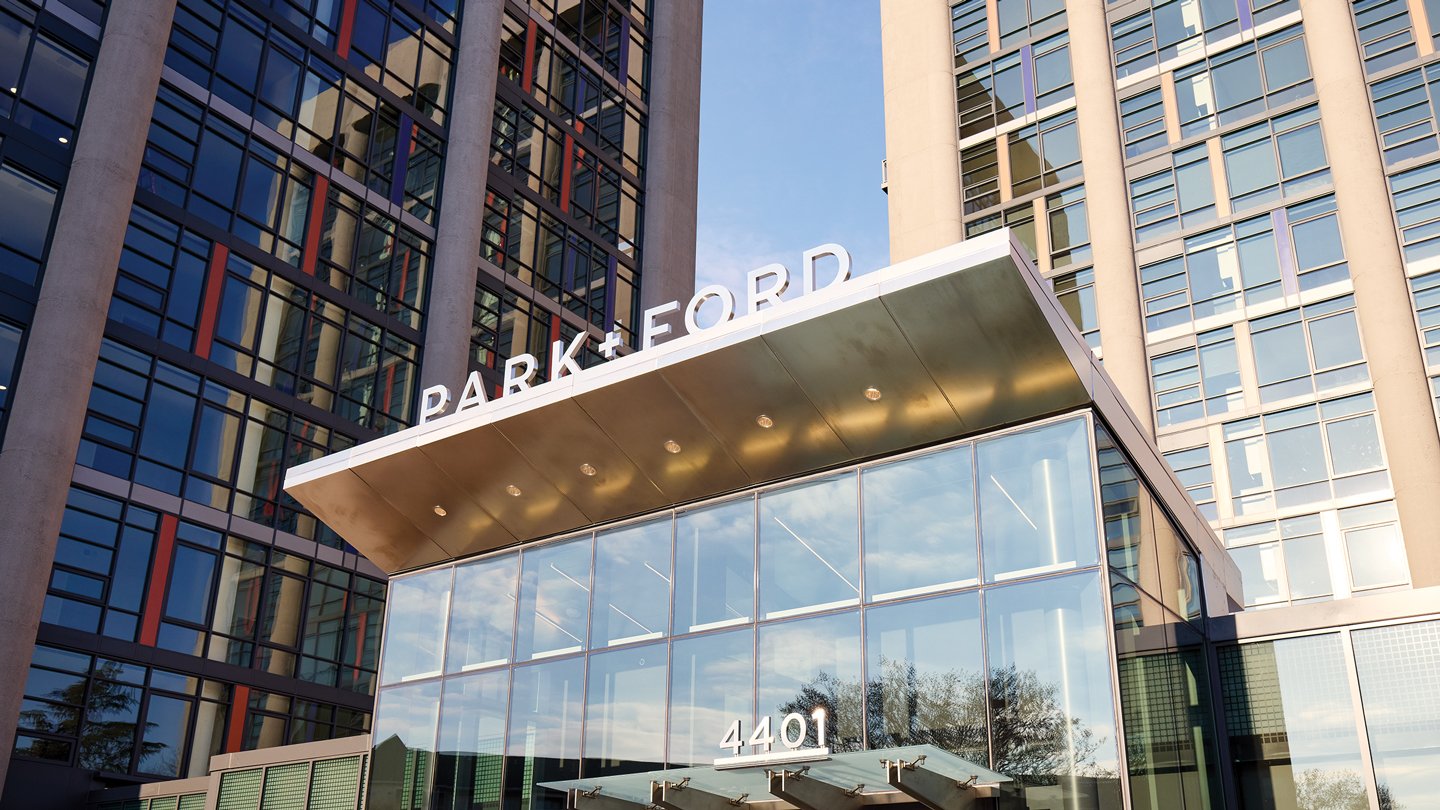Seven Questions for an Architecture Firm’s Construction Administrator

Facility managers and owners need to ensure that they’re working with a strong liaison on a project.
Preparation, strong partnerships and excellent communication are necessary to complete capital construction projects on time and within budget. A lesser-known factor is a skilled construction administrator (CA). Although architecture firms rely heavily on their technical expertise, CAs are often underutilized by owners and facilities managers.
The CA functions as a liaison and advocate between the owner, architect, engineering consultants and contractor. CAs report deficiencies through site observation reports, review the percentage of work completed for approval of application for payment, review change orders, provide submittal reviews for construction document compliance, and respond to requests for Information (RFIs). The CA communicates regularly with key stakeholders to ensure that the project is completed on time and within budget, and meets the intent of the construction documents.
A seasoned construction administrator can be an asset to any owner. Conversely, an inexperienced one can be a detriment.
Here are seven questions facility managers and owners should ask an architecture firm’s construction administrator.
1. How do you communicate?
When miscommunications can cost thousands or even millions of dollars, finding design and construction partners who communicate openly and effectively is crucial. Asking a construction administrator to elaborate on their communication style and preferred methods of communication indicates how responsive they will be on a project.
Although owners can schedule owner, architect and contractor (OAC) meetings on a weekly or bi-weekly basis to review a project’s progress, construction administrators play a key role in documenting discrepancies, coordinating changes and communicating with the team in between these meetings. They must be trusted to voice concerns before disputes or claims arise. However, not every quality-control or quality-assurance procedure must be presented to owners at once, as it can be difficult to focus on the task at hand when a CA is overcommunicating. It’s critical to strike a balance between imparting crucial information and filtering out the fluff.
2. What’s your documentation process?
Documenting the difference between the architectural plans and the constructor’s execution is one of the most important ways CAs add value to a project. Meticulous written and photographic documentation is vital to quality control. It helps CAs provide owners with comprehensive field observation reports, which are essential throughout construction. This communication record is invaluable during issue resolution and can be beneficial for customers who are unable to walk through a site with this eye for detail. The information-management system the CA uses is also an important aspect of this documentation process. This allows for a traceable information flow that facilitates clear and concise communications with the project team.
3. What is your area of expertise?
Just as contractors and design firms specialize in various industries, construction administrators often work exclusively in specific verticals or projects. For example, if a firm focuses on industrial, municipal, healthcare or higher education, identify a CA for the team experienced in those project types. This ensures that the selected CA will be aware of critical requirements, and they will be more likely to identify solutions to unique challenges that may arise during construction.
Materials also vary from project to project. In addition to broader construction comprehension, CAs must have deep technical knowledge of the specific building type and its components (e.g., envelope materials, mechanicals, electricals, plumbing, fire protection). For instance, materials and components used in hospitals may vary significantly from what is used in educational facilities or civic buildings. Having a CA whose expertise matches the project type will ensure a quality finished product.
4. How do you ensure RFIs and change orders are handled accurately and efficiently?
Construction contracts typically detail the time allotted to respond to requests for information (RFIs). An ideal CA ensures that questions and information requested by the general contractor are handled in a timely manner. They also hold consultants accountable to provide critical responses to keep a project on schedule. Change orders (amendments to the construction contract) are vetted by the CA, architect or engineering consultants to ensure that construction add-and-deduct alternates are justified in the cost breakdown. Post-COVID supply chain issues also mean that any proposed material changes could prolong project completion. A CA’s ability to carefully vet change orders can save owners time and money.
5. How many projects are you currently working on?
Not all firms employ construction administrators. Some project architects pull double duty. While this is common on smaller jobs, large-scale, complex projects benefit from having a dedicated CA, given the exacting nature of these capital investments.
Even in firms that do employ CAs, there can be significant discrepancies in their workloads. Although complexity and scope vary on each project, in-house CAs typically work on three to four projects at a time, depending on a project’s complexity and schedule. Experienced, priority-driven CAs may be assigned up to six or seven projects, but if their workload is too heavy, it could detract from the time they can devote to a specific project. Fewer site visits could mean fewer opportunities to spot deficiencies before they impact construction costs and schedules.
6. Can you share some of your recent project wins?
Asking a construction administrator about their performance history — including specific examples of issues they flagged during construction and how they were resolved — will provide insight into their process and skills. Did they bring attention to something before it became an issue? If so, that shows their technical expertise. Look for evidence that a CA has a keen eye for detail. Providing a client with a finished project that meets the intent of the construction documents should be expected. Every CA’s end goal should be a project that comes in within budget and on schedule.
7. How do you stay ahead of new technologies and industry trends?
Like most industries, the construction landscape is evolving. When new products come on the market, architecture firms employ specification teams to vet them before they’re used in the field. CAs must then acquaint themselves with both the new product and the manufacturer’s proper installation process. By asking how they stay informed about new technologies and industry trends, it’s possible to determine which CAs are on the cutting edge of construction methods and other advances.
In addition to emerging products, CAs must adapt to new design and construction software programs. Gone are the days when they’d visit sites with hard copies of design plans and specifications. Programs like PlanGrid, Blue Beam, Procore and Newforma allow them to access and review drawings and specifications while performing site visits and increase their response time when issues arise in the field.
An On-site Advocate
Ultimately, construction administrators are an owner or facility manager’s on-site advocate, so it’s wise to work with trustworthy CAs. Whether spotting construction issues, helping devise a plan of action or determining the dollar value of a proposed solution, CAs must always have the owner’s best interest in mind. The right construction administrator can streamline the construction process, support an owner’s financial goals, and greatly improve a project’s outcome.
Penny Mashtare, Assoc. AIA, is lead construction administrator at McMillan Pazdan Smith Architecture.
RELATED ARTICLES YOU MAY LIKE
Facility Managers Must Prepare for an All-Electric Future
Fall 2023 Issue







